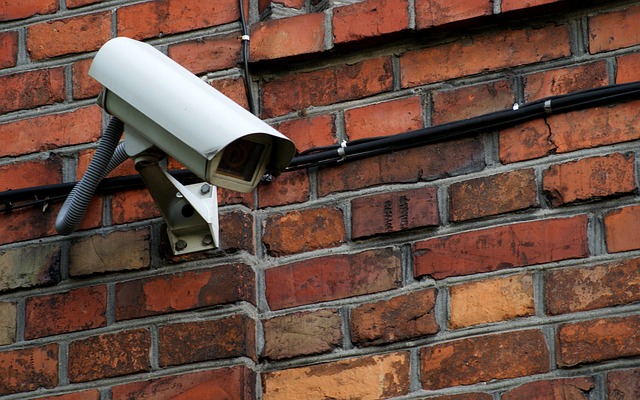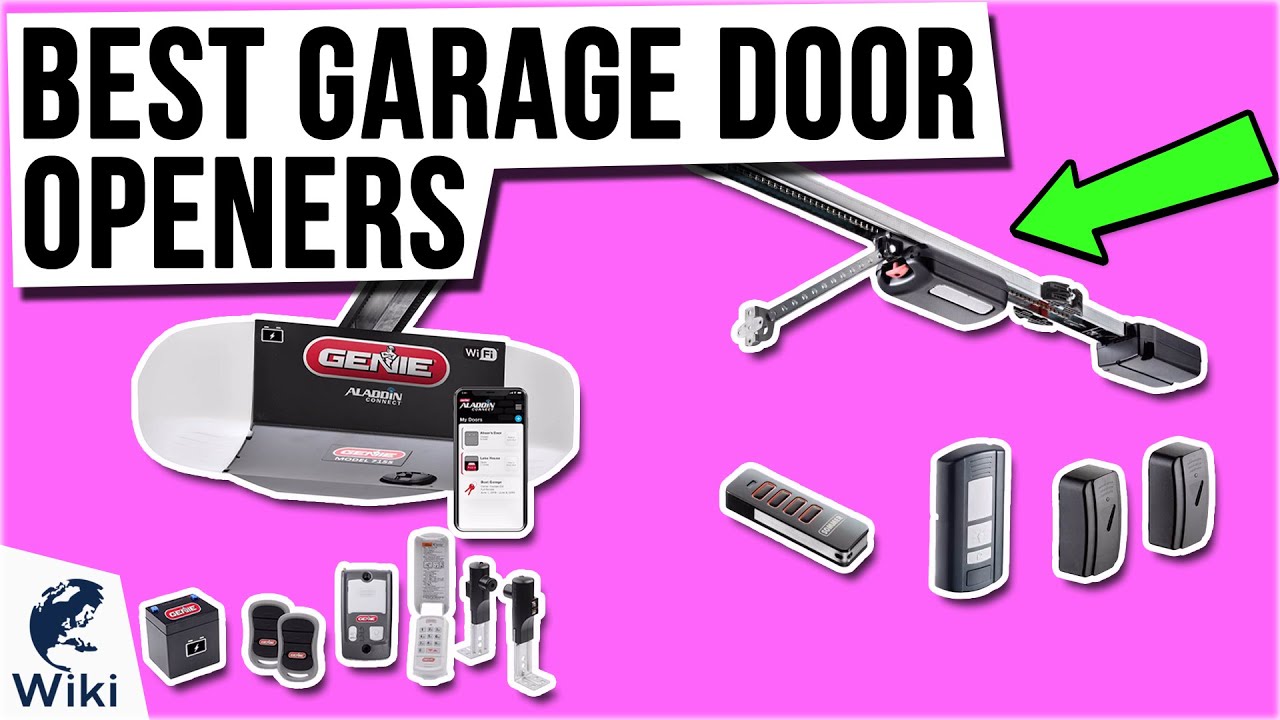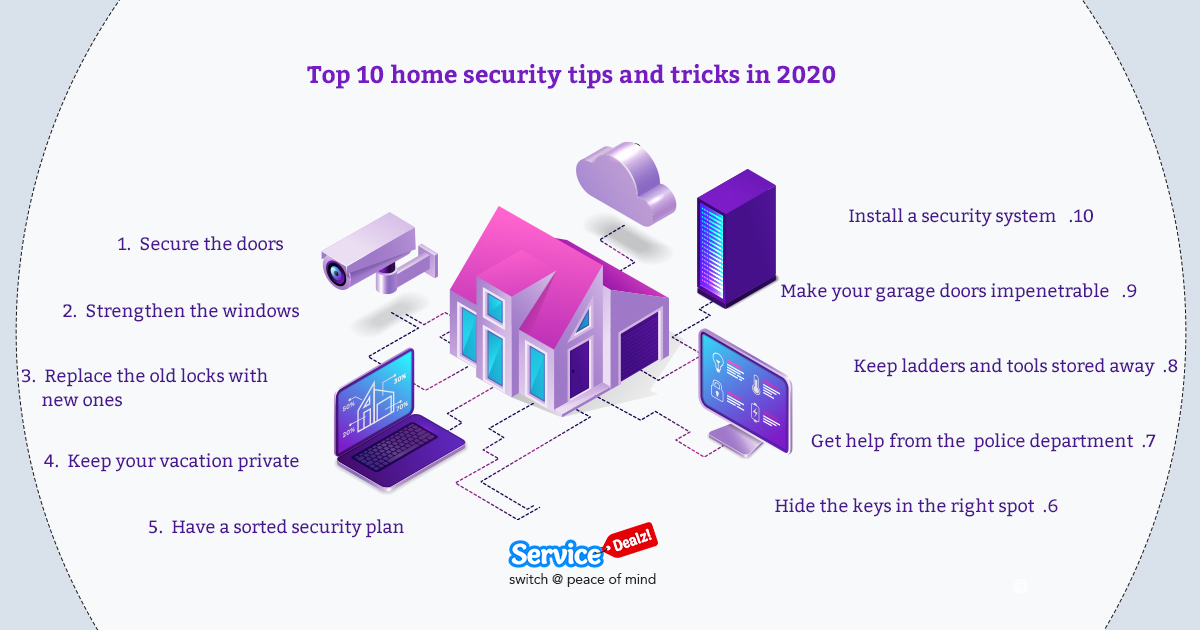
This Nest Yale Lock Review will highlight the lock's key-free, foolproof, and simple installation features. It is important to remember that the Nest app will be required to calibrate and set master codes. The Yale lock allows you to customize the settings to your liking, just as with other Yale locks. You can adjust speaker volume, language settings, or set a password for the lock. You can even set the lock to lock or unlock your door automatically.
Google Nest x Yale
Nest Yale locks can be a great way to secure your property. The keyless lock can be unlocked from anywhere and is tamperproof. You can use your smartphone to unlock the lock anywhere you are, even if you have lost your keys. It's simple to install and you'll never have to worry again about it.
Nest x Yale locks offer a unique feature: a timer that locks your door automatically after 10 seconds, a min, or five minutes. You can control this feature by keypad, or via the Nest app. To lock the lock manually, you need to hold the lock button for a full second or you can use the keypad. Nest also offers a feature called Home/Away Assistant that locks your door when it senses you are not there.
Key-free
Nest x Yale lock, a smart door lock, can be controlled using a smartphone. Its wireless communication allows users to set up individual pass codes for family members and guests, as well as set the exact times when they should enter and leave the home. The Nest app or Google Assistant may also allow the lock's programming to respond to voice commands.

The Yale smart lock uses four AA batteries to power itself. The average battery life is approximately one year. A display on the keypad indicates the battery level.
Tamper-proof
Nest x Yale lock is an intelligent smart lock that can be used to lock and unlock your home without a key. It lets you lock and unlock doors with the Nest app. This device also lets you set reminders to make sure you lock your door every time. The lock will sound an alarm if you forget to lock your doors.
A working Wi-Fi connection is required to install the Nest x Yale locking device. Once you've installed the Nest lock, you can then set it up with the free Nest app and the Nest Connect. Voice control via the Google Assistant is possible if you have a Google account. You will also need a compatible smart gadget to use this lock.
Easy to Install
Nest Yale lock allows you to remotely control your front door from anywhere. It works by using an app that allows for remote opening and setting of a user PIN code. You can also use this app to track activity in your house. Installing the Nest Yale lock is relatively simple. You can install it using a screwdriver.
You will need a Nest account to install the Nest x Yale Lock. Nest allows for multiple homes so you will need to have an account for each. Once you have created an account, you can select the home that you wish to install the lock. Select the "Settings", then click "Add New Product". Next, connect the lock to Nest.

Price
Nest Yale Lock can be used to control smart home devices. While it's a great smart lock, it has some limitations. First, the lock is not wireless. To use it, you will need to connect it to Wi-Fi. A second requirement is four AA batteries. These are non-replaceable. Google Assistant can also be used for locking and unlocking the door.
The Nest x Yale lock can store 20 passcodes and works with the Nest Secure alarm. However, it does not support smart home modules like SmartThings or Nest Connect. It also does not integrate with Wink or SmartThings. It is not compatible with SmartThings or Wink.
FAQ
What is the best home security system?
Ring Video Doorbell Pro is the number one home security system. It allows you to see and speak to anyone at anytime from anywhere using your smartphone. You can also record video footage and share it with family members and friends via text message or email.
Can ADT be hacked
ADT security is the oldest home alarm system available. ADT Home Security System is still considered the best choice by many consumers. Its reputation for being reliable and dedicated to protecting homes against fire and burglary is something they trust.
Hackers can also infiltrate organizations, as with everything, and take down trustworthiness. Hackers can easily hack into a network and steal sensitive data. Hackers can gain access to all data on your network and the ability to modify important settings. For instance, a hacker could delete files, change passwords, or shut down an entire system. It's important to understand that just because you cannot see something, doesn't mean hackers aren't trying to get into your house. Make sure you have the right information to help protect your system.
What is the simplest home security system you can install?
The best home security systems are those that do not require any installation at all. These systems are also known as "plug & Play" and work like magic. You simply need to plug them in to the power outlet and then connect them via a wireless router to the internet. Once you have connected everything, it will be possible to access it from anywhere on the planet.
Are there any real reasons to have a home alarm system?
A home security system is essential for anyone who owns a house. The possibility of a burglar entering your house at any time is possible. They will take everything they want, even expensive jewelry. They could even walk off with all your possessions if you don't lock your doors.
Your home is protected by a home security system that alerts you to any potential dangers. You can view the recorded footage and receive alerts from your mobile device when motion is detected.
A simple DIY camera can be used if you don't want to spend money on a security system. These devices can be used to monitor who is at your front door as well as send you notifications when someone enters or leaves. These devices will not help stop intruders entering your home.
Can I put in a security cam by myself?
Yes! If you are competent and have the right knowledge, you can install your own home alarm. If you don’t have the skills to do it yourself then you can hire a professional to help you.
Statistics
- Unlike other online safety services that charge up to 100 percent of your monthly fee, Cove charges no upfront fees and has no hidden costs.
- Most home security companies will charge you around 75% of the remaining term of your contract if you cancel early—and some require 100%.Related questionsWhat type of contract length can I expect from security providers?Home security system cancellation (safewise.com)
- Depending on your insurance, 24/7 professional monitoring may qualify you for as much as 15% off your premium. (safewise.com)
- Cove sets you free without punishing penalties and fees, unlike other security solutions that charge 75% to 100% of your remaining contract. (safewise.com)
External Links
How To
How to Install a Home Security System
A home alarm system is a device which monitors your home and alerts when there's an activity. It could be motion sensors, doorbell cameras, smoke detectors or burglar alarms. A home security package usually includes one or more sensors (e.g. a motion detector), which send signals whenever they detect sound or movement. The signals are then sent out to a control board where they can monitored and recorded. If there's something wrong, like someone breaking into your house, the control panel sends out an alert to your phone, tablet, computer, or voice assistant. You'll know what's going on and can take action immediately.
Selecting the right sensors for your home is an important step in installing a home security alarm system. There are two main types. Active and passive sensors. Passive sensors don’t require batteries. They only pick up sounds, vibrations and other signals from their environment. They can be doorbells or sirens as well as buzzers. Active sensors transmit data by using electricity. Cameras and motion sensors are two examples of active sensors.
There are many types of sensors on the market today. Each brand has its pros and cons. For instance, some sensors can be weatherproof while others don't. Some have built-in speakers that allow you to hear them outside. Others are only for use inside. Some of these are very basic, while others have advanced features such night vision.
After selecting the right sensors for your property and deciding on a manufacturer, you will want to make a selection. This will help ensure that your sensors work well together. You should find plenty of choices at your local hardware shop.
Once you've chosen a brand of sensors, you'll need to decide how many you want to buy. Depending on whether they live with family members or alone, most people purchase one or two sensors. You may want to consider purchasing more sensors in the future if possible.
Next, consider where you want to put your sensors. Do you want them near doors and windows? Do you prefer to keep them away? Before placing them around your property, you should get permission. You should also ensure that they don't interfere with electrical outlets or other property features.
Once you have determined where your sensors should be placed, you will need to find a way to connect them with your control panel. You may need a power adapter, or battery pack depending on the setup. Once everything is set up, it's time to start monitoring your property.